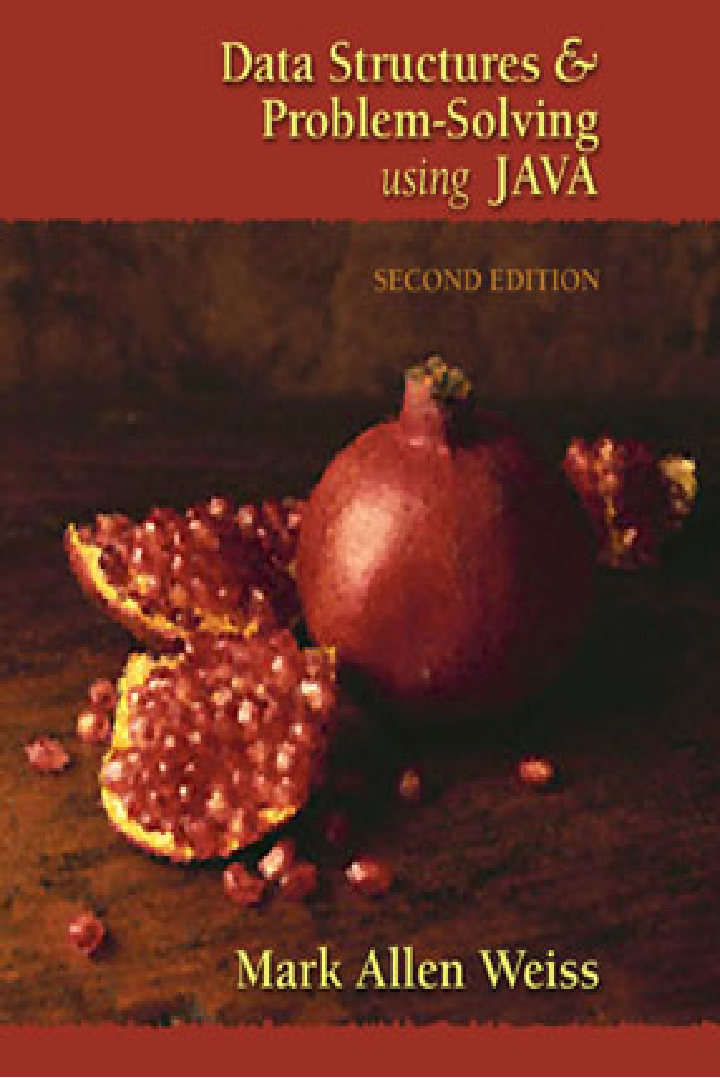
Course Rationale
This course investigates abstract data types (ADTs), recursion, algorithms for searching and sorting, and basic algorithm analysis. ADTs to be covered include lists, stacks, queues, priority queues, trees, sets, and graphs. The emphasis is on the trade-offs associated with implementing alternative data structures for these ADTs.
Course Objectives
- To introduce the fundamental concept of data structures including link-list
- To emphasize the importance of data structures in implementing the algorithms
- To develop effective skills in the implementation of data structures
Course Outcomes (CO’s)
- CO1 Able to explain implementation and operations of basic data structures: Linked list, stack, queue, tree and graph
- CO2 Able to apply programming techniques using pointers, dynamic memory allocation and structures to implement data structures: stack, queue, tree and graph
- CO3 Able to design and implement new abstract data using linked list, stack, queue, tree and graph with the help of programming implementations
- CO4 Able to apply the knowledge of data structure in problem solving
- Teacher: Azharul Islam Tazib
